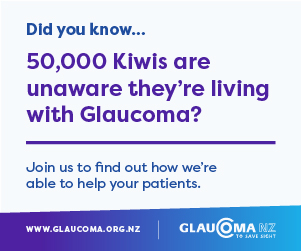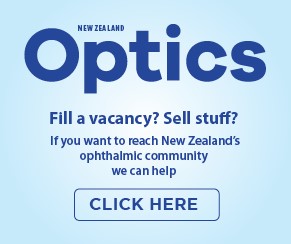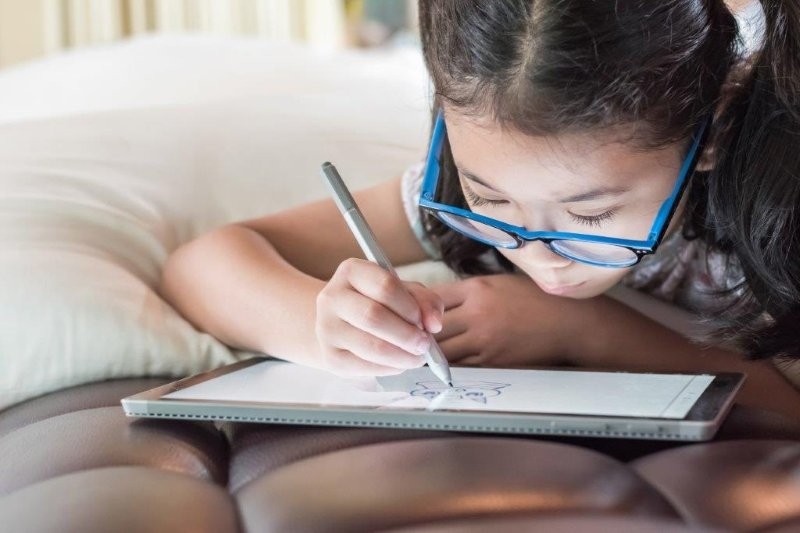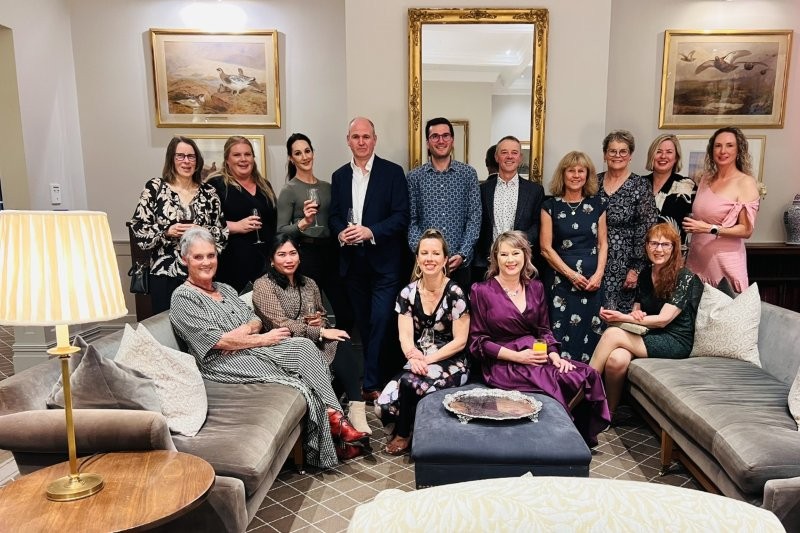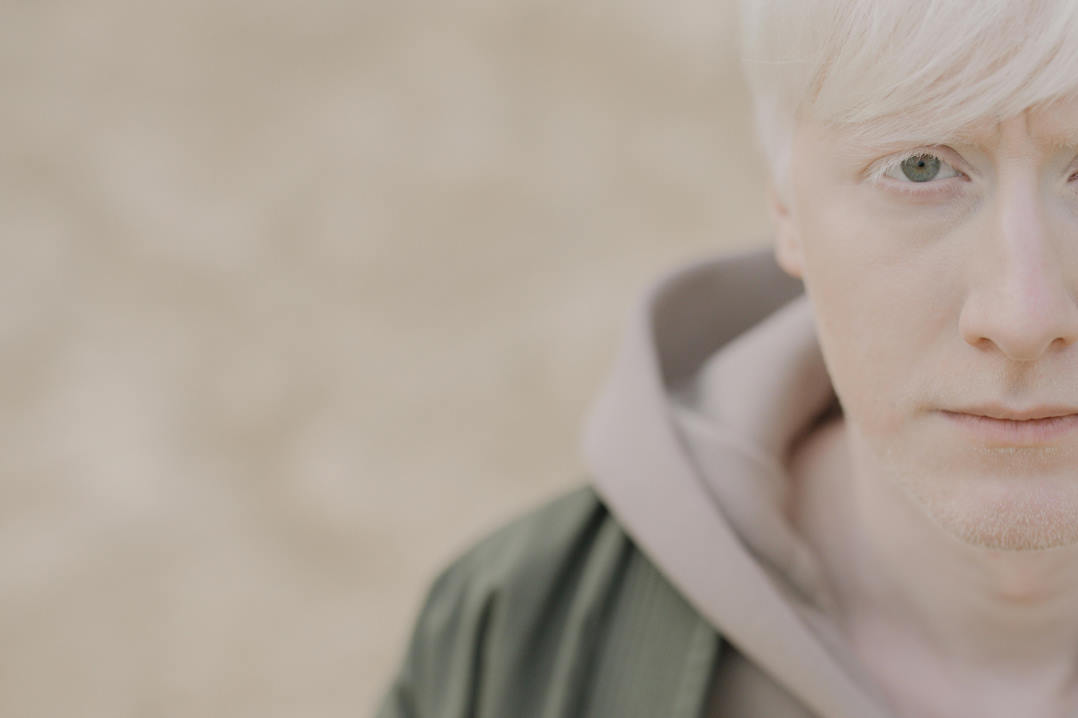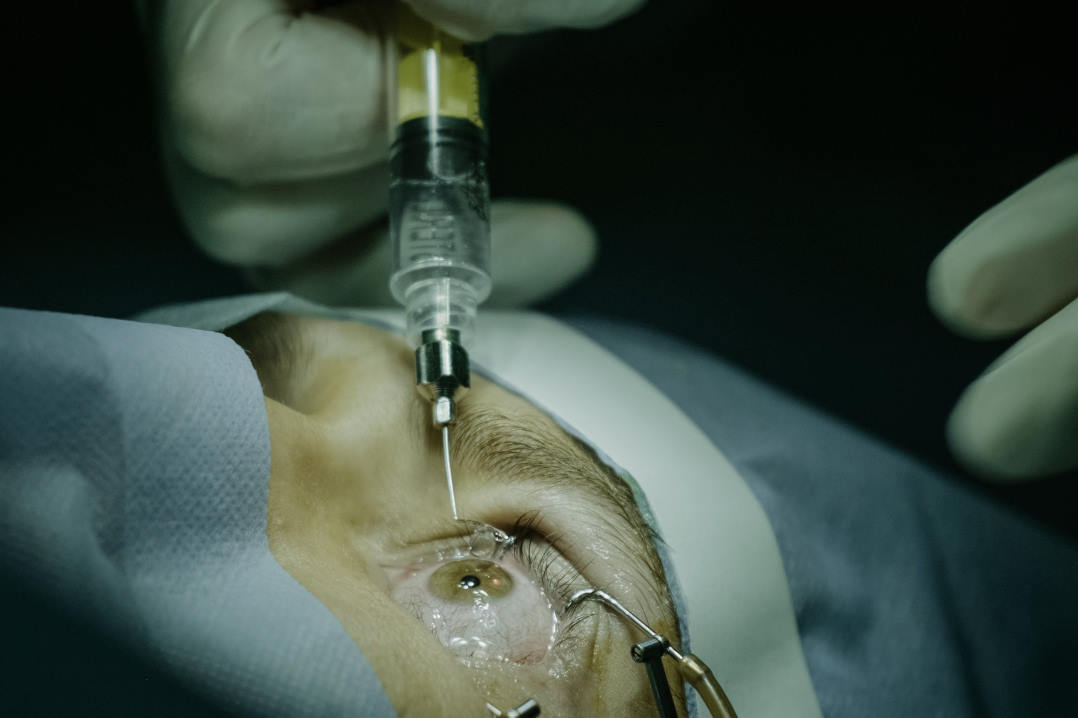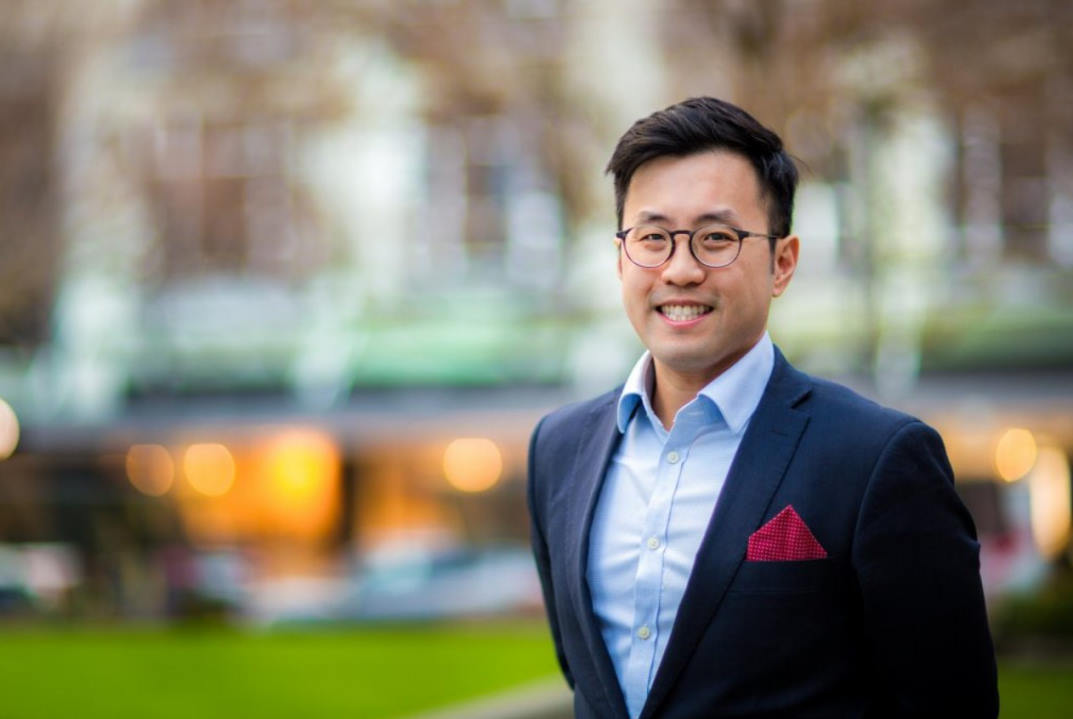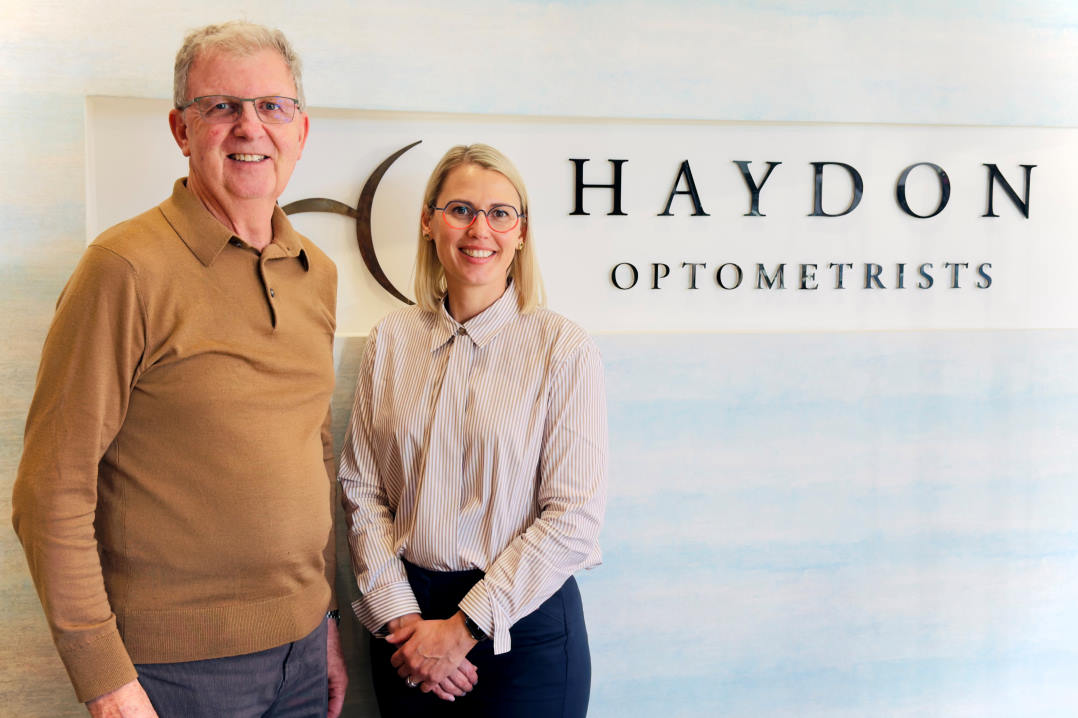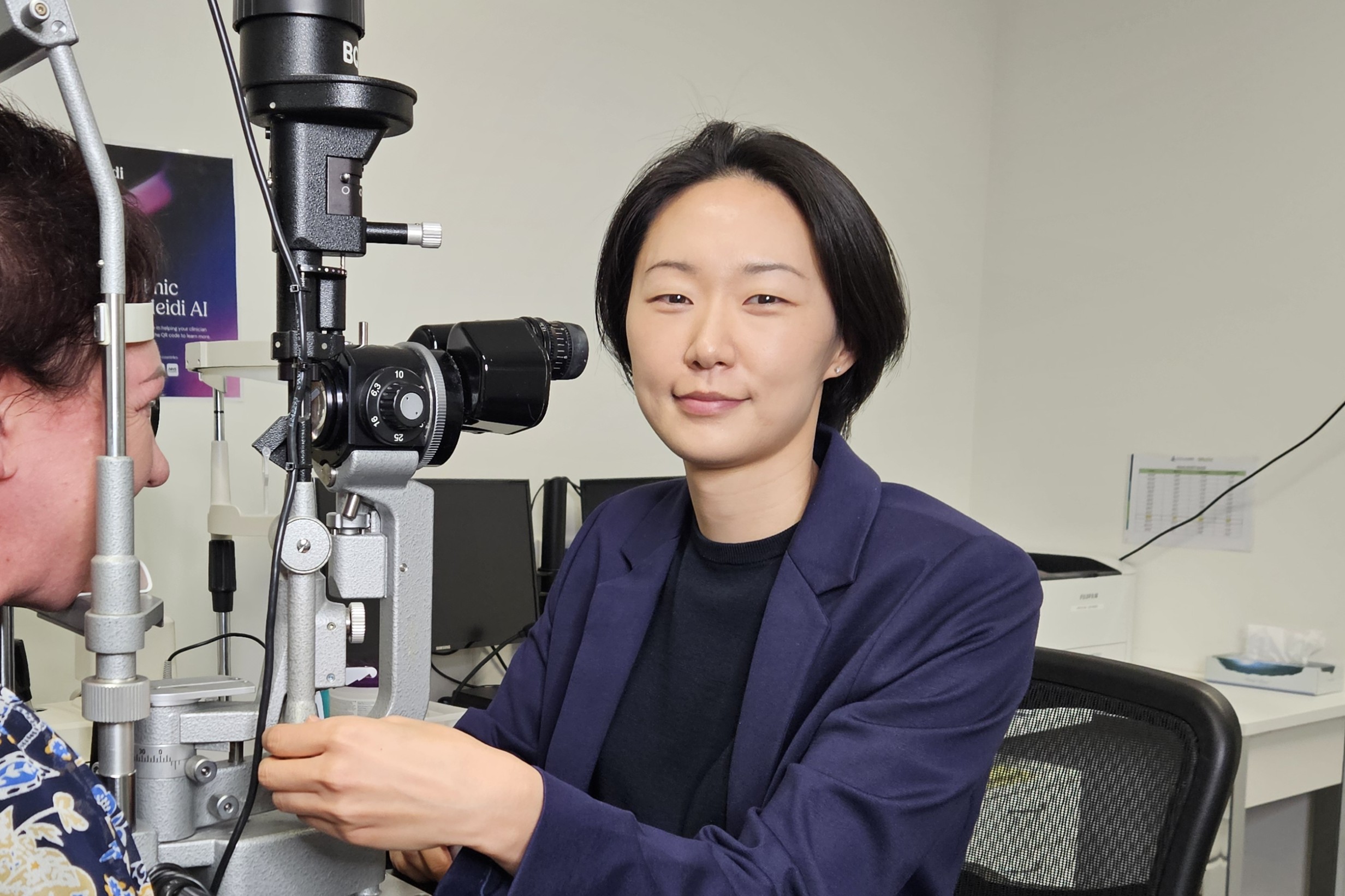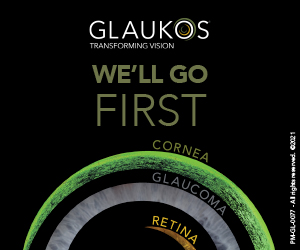Myopia interventions compared
A literature review comparing repeated low-level red light (RLRL) therapy with single vision spectacles (SVS) found RLRL treatment led to “considerable reductions” in both axial length (AL) and spherical equivalent refraction (SER) in children with myopia.
Published in the European Journal of Ophthalmology, the review of 1,714 participants (824 RLRL and 890 SVS) by researchers from Lincoln University College, Malaysia and King Faisal University, Saudi Arabia, found the pooled effect for AL reduction was 0.953 ± 0.294 and SER reduction was 1.521 ± 0.662 between RLRL and SVS effects, respectively. However, additional research is essential to investigate potential long-term rebound effects, said researchers.
In a separate study, a research team led by Professor John Lawrenson from the Centre for Applied Vision Research, UK, ranked myopia interventions based on a review of 104 studies. Conclusions included: higher doses of atropine may reduce the progression of short‐sightedness, but the effect of low‐dose atropine could be small and is uncertain; orthokeratology is the most effective optical treatment for slowing elongation of the eyeball in short-term studies, though these lenses were sometimes poorly tolerated leading to study dropout; the overall benefits of multifocal soft contact lenses and myopia‐control glasses are still unclear; short‐term studies in Chinese children suggest red light therapy may reduce myopia progression, but findings are still uncertain; and unwanted effects associated with myopia-control were not consistently reported.







